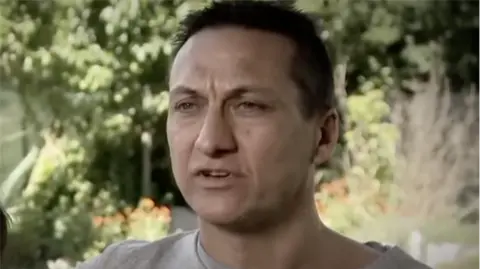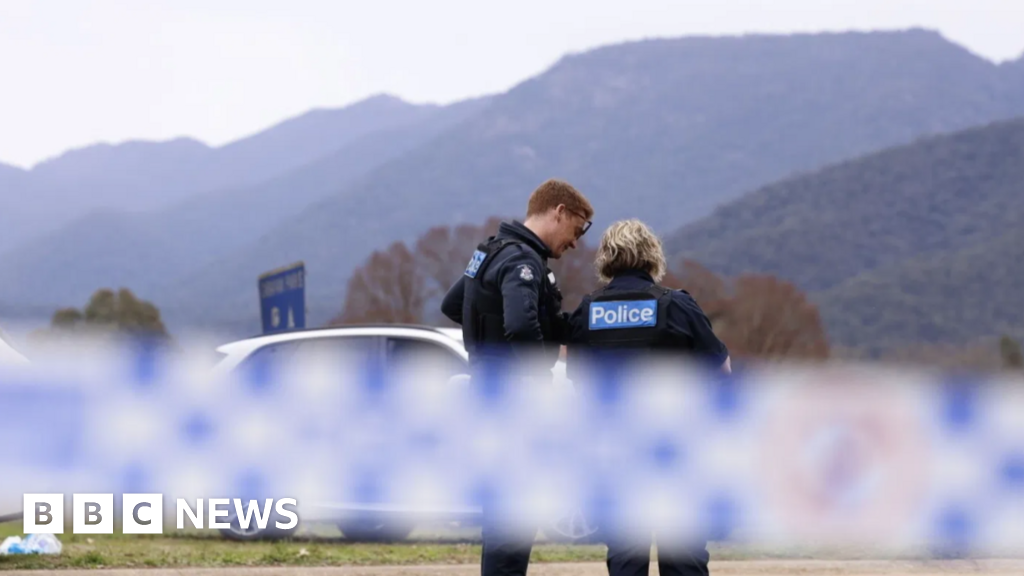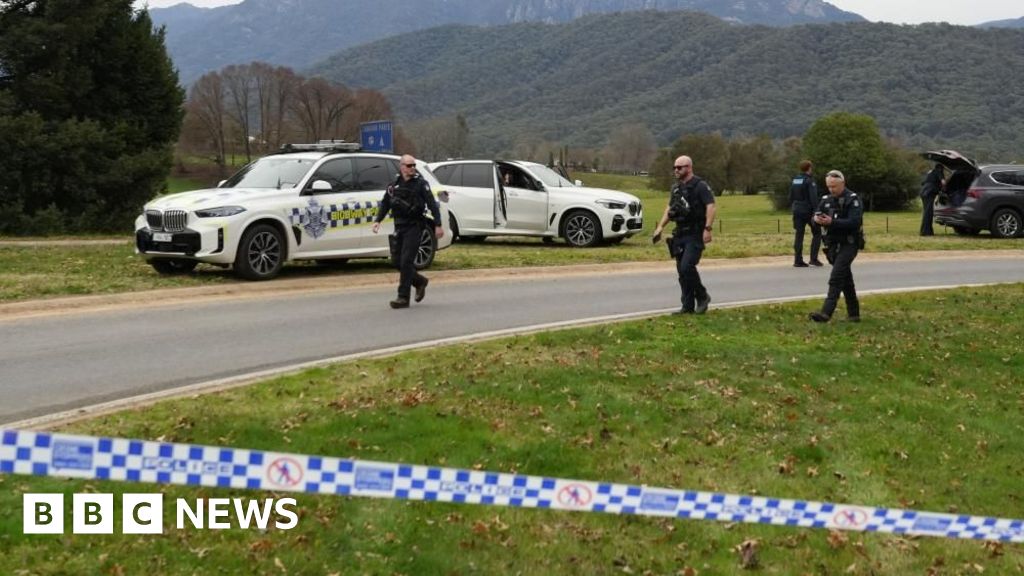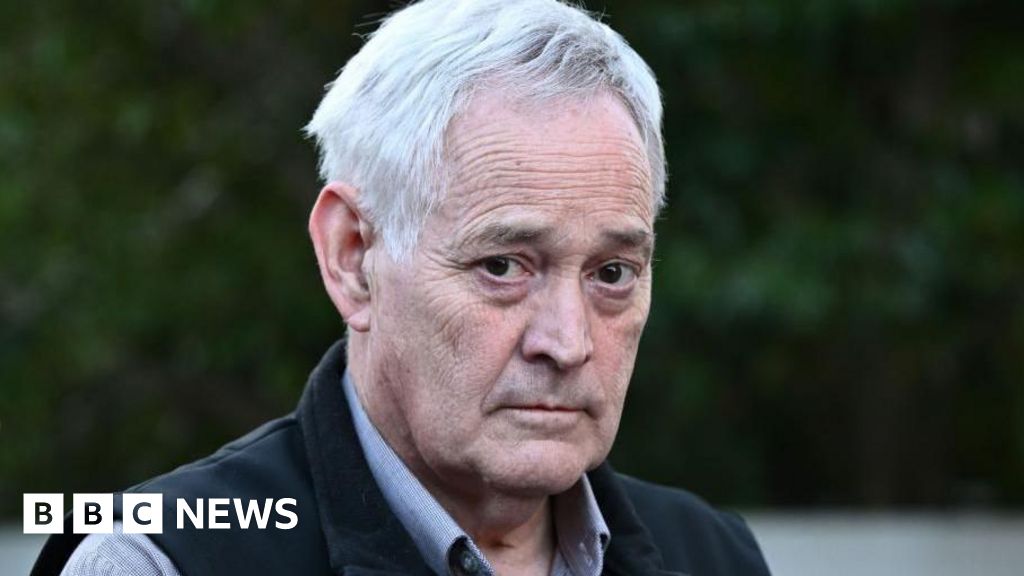In a striking turn of events, Erin Patterson, once a prominent member of a dedicated online true crime community, has now found herself at the center of a real-life murder case that has captivated Australia and beyond. Patterson is charged with the shocking deaths of three individuals and the severe illness of one other, stemming from a dinner she hosted featuring beef Wellington laced with toxic mushrooms. The unfolding trial has attracted a global media spotlight, with journalists and true crime aficionados flocking to Morwell, the small town where it all transpired, eager for the latest updates.
For the past 11 weeks, the courtroom has transformed into a nexus of intrigue, with more than fifty witnesses offering insights into the case. What began as speculation surrounding Patterson's past has morphed into intense scrutiny during the proceedings; many patrons and true crime fans are now immersed in the details of the case that eerily echo narratives from the annals of crime history. As the guilty verdict was handed down earlier this week by a jury, discussion grew regarding the motives behind Patterson's alleged actions and how the public's imagination filled the gaps left by judicial limitations.
Awash in memes, social media musings, and palpable speculation, the trial, reminiscent of the media frenzy following the notorious Lindy Chamberlain case decades ago, reflects a society that remains entranced by the complexities of female perpetrators. Observers around the country have taken to dissecting every detail, from Patterson’s courtroom demeanor to emerging theories about her psychological state. Despite being at the heart of such tragedy, some locals fear that the sensationalized nature of the trial has overshadowed the profound grief of the victims' families.
The haunting aspect of this unfolding story is that it challenges the perceptions of women’s roles in society. Dr. Brandy Cochrane from Victoria University notes that the case defies traditional roles of women as nurturers and caretakers, presenting a deeply perplexing contradiction that adds to the fascination. All the while, the search for the truth—the real story behind those tragic deaths—remains intertwined with the morbid curiosity that follows high-profile cases in our media-saturated age. As the frenzy continues, many are left pondering the nature of crime, empathy, and humanity amidst a backdrop of chaos and the ever-present appetite for true crime narratives.
For the past 11 weeks, the courtroom has transformed into a nexus of intrigue, with more than fifty witnesses offering insights into the case. What began as speculation surrounding Patterson's past has morphed into intense scrutiny during the proceedings; many patrons and true crime fans are now immersed in the details of the case that eerily echo narratives from the annals of crime history. As the guilty verdict was handed down earlier this week by a jury, discussion grew regarding the motives behind Patterson's alleged actions and how the public's imagination filled the gaps left by judicial limitations.
Awash in memes, social media musings, and palpable speculation, the trial, reminiscent of the media frenzy following the notorious Lindy Chamberlain case decades ago, reflects a society that remains entranced by the complexities of female perpetrators. Observers around the country have taken to dissecting every detail, from Patterson’s courtroom demeanor to emerging theories about her psychological state. Despite being at the heart of such tragedy, some locals fear that the sensationalized nature of the trial has overshadowed the profound grief of the victims' families.
The haunting aspect of this unfolding story is that it challenges the perceptions of women’s roles in society. Dr. Brandy Cochrane from Victoria University notes that the case defies traditional roles of women as nurturers and caretakers, presenting a deeply perplexing contradiction that adds to the fascination. All the while, the search for the truth—the real story behind those tragic deaths—remains intertwined with the morbid curiosity that follows high-profile cases in our media-saturated age. As the frenzy continues, many are left pondering the nature of crime, empathy, and humanity amidst a backdrop of chaos and the ever-present appetite for true crime narratives.






















